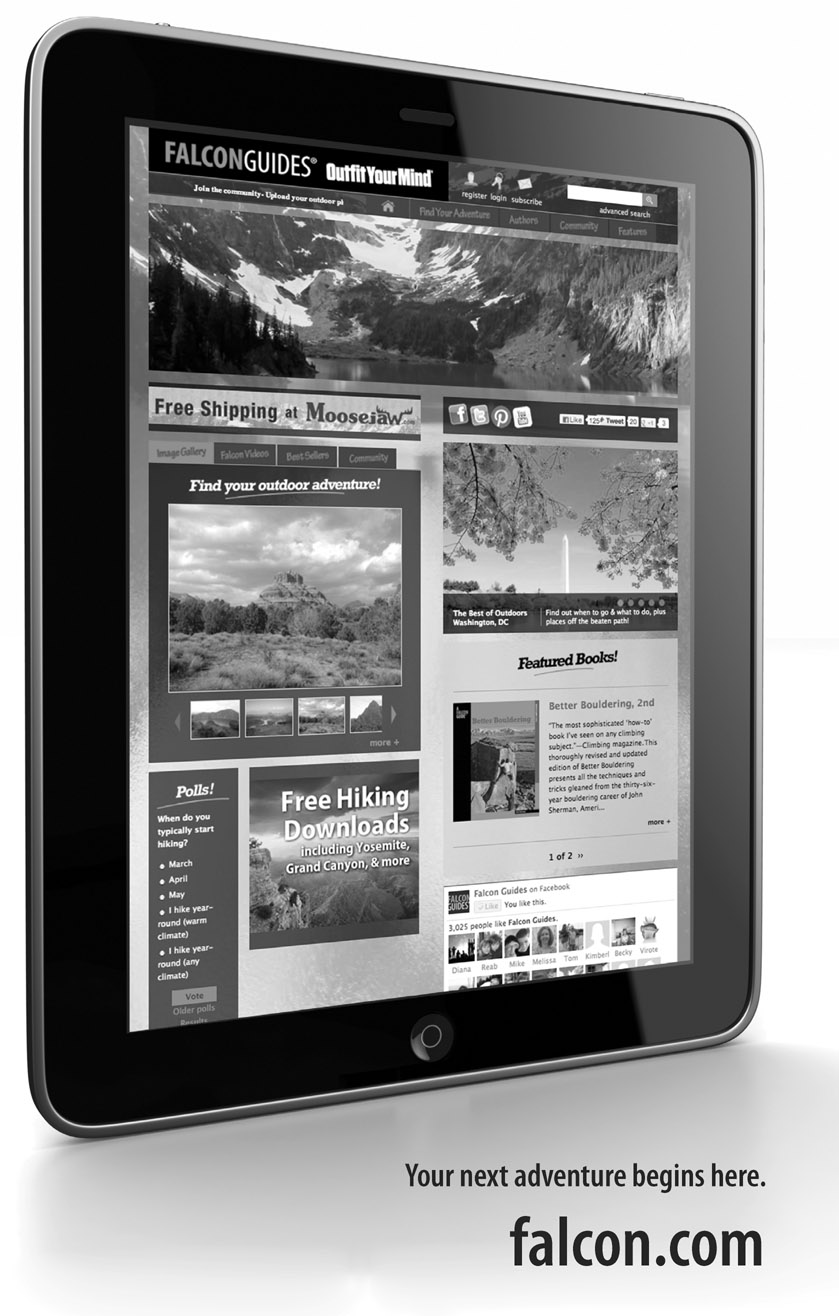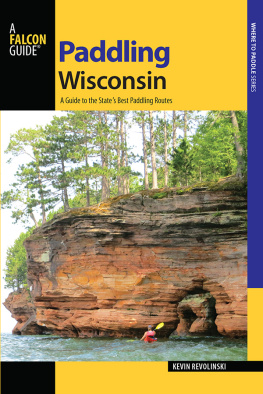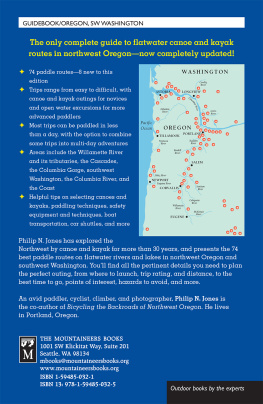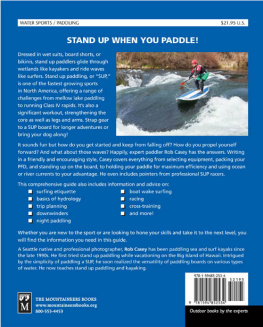About the Author
Shane Townsend was raised in the family boarding house at the edge of the Pascagoula River Swamp. He has hiked the Andes, fished with machetes in the Amazon basin, and paddled dugout canoes deep within Southeast Asias Ring of Fire. Hes a lifelong outdoorsman and a former Peace Corps volunteer. His writing has appeared in Field & Stream, USA Todays Hunt & Fish, Quail Forever Journal, Southwest Fly Fishing, GAFF Magazine, Native Peoples, Mississippi Magazine, Kayak Angler, Canoe & Kayak, Americas, the Matador Network, SHOT Daily, SHOT Business, National Shooting Sports Foundation Range Report, and other outlets. The Outdoor Writers Association of America and the Texas Outdoor Writers Association have each recognized his work with Excellence in Craft awards.
Shane and his family live in Austin, where he serves as senior program adviser for The Meadows Center for Water and the Environment, and as a member of the boards of directors for the Texas Outdoor Writers Association and the Coastal Conservation AssociationAustin.
Find him at BatCityOutdoors.com, BatCityOutdoors@gmail.com, linkedin.com/in/jshanetownsend, or in the Last Cast in each GAFF Magazine.
Acknowledgments
Many people made Paddling Texas possible. My wife, Abigail, deserves at least half the credit for this book. It was her Why dont you write that book? that put me on the water for this project; and it was her selfless encouragement and support that kept me there.
Others who deserve my sincerest thanks are Bastrop River Company; Bergheim Campground; Carey Lange; Chris Hackerd, Joseph Dowdy and the rest of the Austin Canoe & Kayak team; Coastal Conservation Association; Cody Ryan Greaney; Corey Miller; Dan Meacham; Dave Brown; Emily Warren; Howell Canoe Livery; JB Hunting Ranch; Julie and Heath Johnson for their support and encouragement; Julie Schweitert; Kathryn Nichols; Kelly Leff; Larue the Blue Canoebaru; Leland at Island Tackle; Linda Rivelis; Linda who served me a chupacabra burger when I needed it most; Lisa Densmore; Marta Newkirk; Melissa Parker; Meredith Blount Miller; Michael Murphy; MOC Kayaks; Outdoor Writers Association of America; Papa Chops Rod & Reel Repair; Professional Outdoor Media Association; Sheryl, George, Bridget, and Georgey Bey; Steven Rivelis; T. J. Greaney; Texas Master Naturalists; Texas Outdoor Writers Association; Texas Parks & Wildlife; Texas Stream Team; ESPN Outdoor Zone; Kimery Duda and the Expedition School; the Matador Network; The Meadows Center for Water and the Environment; Desert Sports; Theodore Roosevelt and the Civilian Conservation Corps for their contributions to Americas public lands and outdoor traditions; Tom Harvey; Travis Tidwell; and William Younger.
At FalconGuides, my sincerest appreciation to Jess Haberman for accepting a strangers e-mail and directing me to John Burbidge (who worked with me to envision the book), and to Katie Benoit Cardoso, Clyde Soles, and the team that dedicated so much time getting the book ready.
A special thank-you to Dr. Andrew Sansom for his contribution to the book and, moreover, for all he has done to conserve the public lands and waters of Texas.
My best estimation is that Ive forgotten to mention at least thirty-three people. If youre one of them, call me immediately and well barbecue, throw washers, maybe catch a fish, and talk about how I can make it up to you.

1 Boquillas Canyon Backcountry (Rio Grande)
The true measure of a big rivers grandeur is not in its volume, but in the cathedral it has, over the millennia, carved into the unholiest of desert places. In Boquillas Canyon, the Rio Grande runs cold, clear, and the color of jade at the foot of 1,200-foot bluffs. Huisache bloom in yellow bursts. Bats pour from crevices at dusk. And candelilla wax mining camps lay dormant on the Mexican bank. The 37-mile Boquillas Canyon float through Big Bend National Park is a rare backcountry paddle that is worthy of experts and fitting for groups with a novice or two. Those new to back-country camping or paddling should not do this without the company of experienced partners. Desert Sports offers expert service.
Start: Rio Grande Village, Big Bend National Park, N29 10.78' / W102 57.65'
End: Heath Canyon Ranch, N29 27.02' / W102 49.32'
Length: 36.7 miles
Float time: 35 days, depending on flow and desire
Difficulty: Moderate to difficult due to back-country setting, absence of escape routes, sun, strainers, wind, duration
Rapids: Class I/II
River type: Wilderness river running through canyons
Current: Slow to swift, depending on river levels
River gradient: 4.15 feet per mile
River gauge: 541,000 cubic feet per second (cfs). Call a guide to confirm. Short portages are required at 54 cfs, but worth it. Its best at less than 200 cfs.
Land status: National park, private
County: Brewster
Nearest city/town: Terlingua
Boats used: Canoes, kayaks; in higher water rafts are an option.
Season: Late summer and early fall. The water is a little lower in late Feb before spring break, but its really peaceful.
Fees and permits: Big Bend National Park backcountry permit and Lower Canyons release form; Big Bend National Park weekly vehicle access fee; per person Heath Canyon Ranch access fee (call 432-376-2235 for permission). Campers also must get a fire pan and special feces bags (both available from an outfitter), so you can haul out all waste. Talk to a guide or the park for more information.
Maps: TOPO! CD: Texas; USGS Texas, Rio Grande Village, Ernst Valley, Stillwell Crossing; Delorme: Texas Atlas & Gazetteer: page 75
Contact: For information on recreation or river conditions, see the Big Bend Daily Report at nps.gov/bibe/daily_report.htm, call Big Bend National Park headquarters at Panther Junction at (432) 477-2251 or visit nps.gov/bibe/index.htm, or contact Desert Sports at (888) 989-6900 or desertsportstx.com. Call Heath Canyon Ranch at (432) 376-2235 for information about the takeout.
Put-In and Takeout Information
To shuttle point/takeout: From Terlingua, drive northeast on Farm Road 170 south for 4.6 miles. Turn right onto TX 118 south for 21.5 miles. Stay straight on US 385 north for 3 miles. Turn left to remain on US 385 north for 28.4 miles. Turn right onto Farm Road 2627 for 27.9 miles. Take the last left before the La Linda Bridge. A four-wheel-drive vehicle is recommended. Leaving the vehicle overnight is not recommended.
To put-in from takeout: From Heath Canyon Ranch, drive west on Farm Road 2627 for 14 miles. Turn left onto US 385 south for 28.4 miles. At Panther Junction, turn left onto Park Route 12 for 20.4 miles. Turn left at Rio Grande Village in Big Bend National Park.
Overview
The Rio Grande begins in the San Juan Mountains in Colorado, and flows some 1,900 miles south through New Mexico before forming the MexicoUS border and, finally, pouring into the Gulf of Mexico at Brownsville, Texas, and Matamoros, Mexico. The river drains some 176,000 square miles of the countryside in a basin that covers portions of several US statesColorado, New Mexico, Texasand Mexican statesChihuahua, Coahuila, Nuevo Leon, Tamaulipas, and Durango. Thanks to a convoluted equation of sources, tributaries, allocations, and precipitation, nothing could float the length of the Rio Grande, not a leaf. Though it may reach the Gulf of Mexico, says Sally Spener, foreign affairs officer at the International Boundary and Water Commission, parts of the riverbed are bone dry. About 1,200 miles of the Rio Grande make up the southern Texas border.







